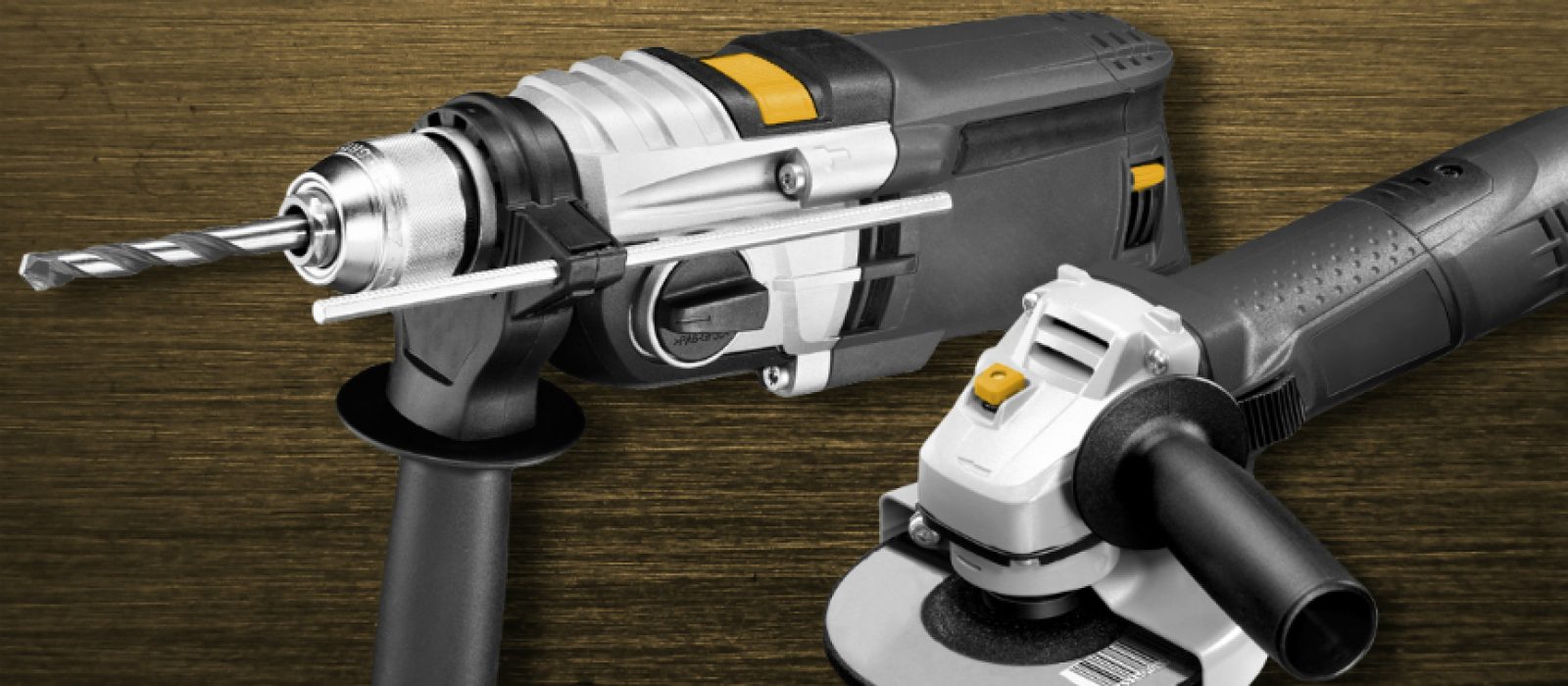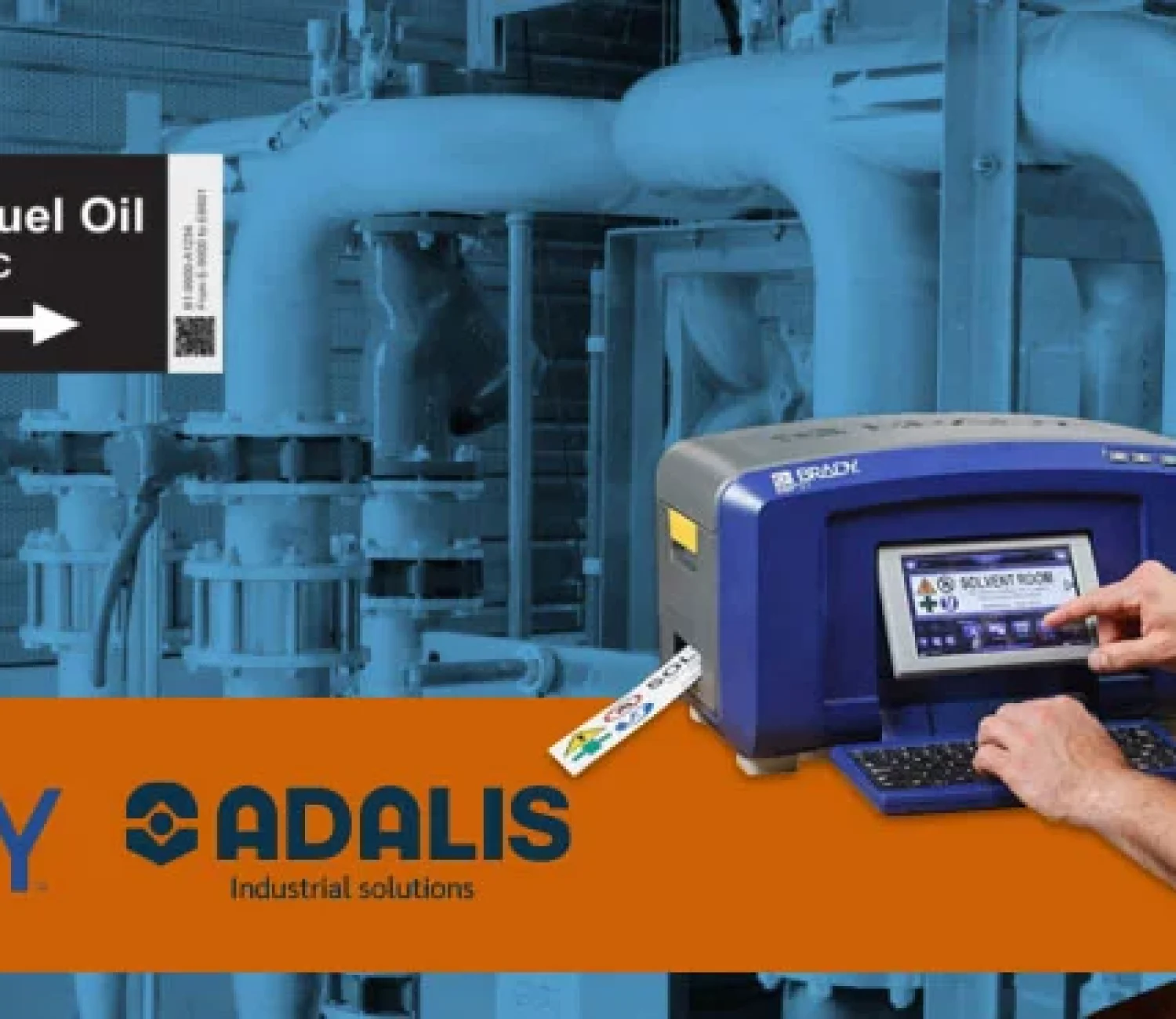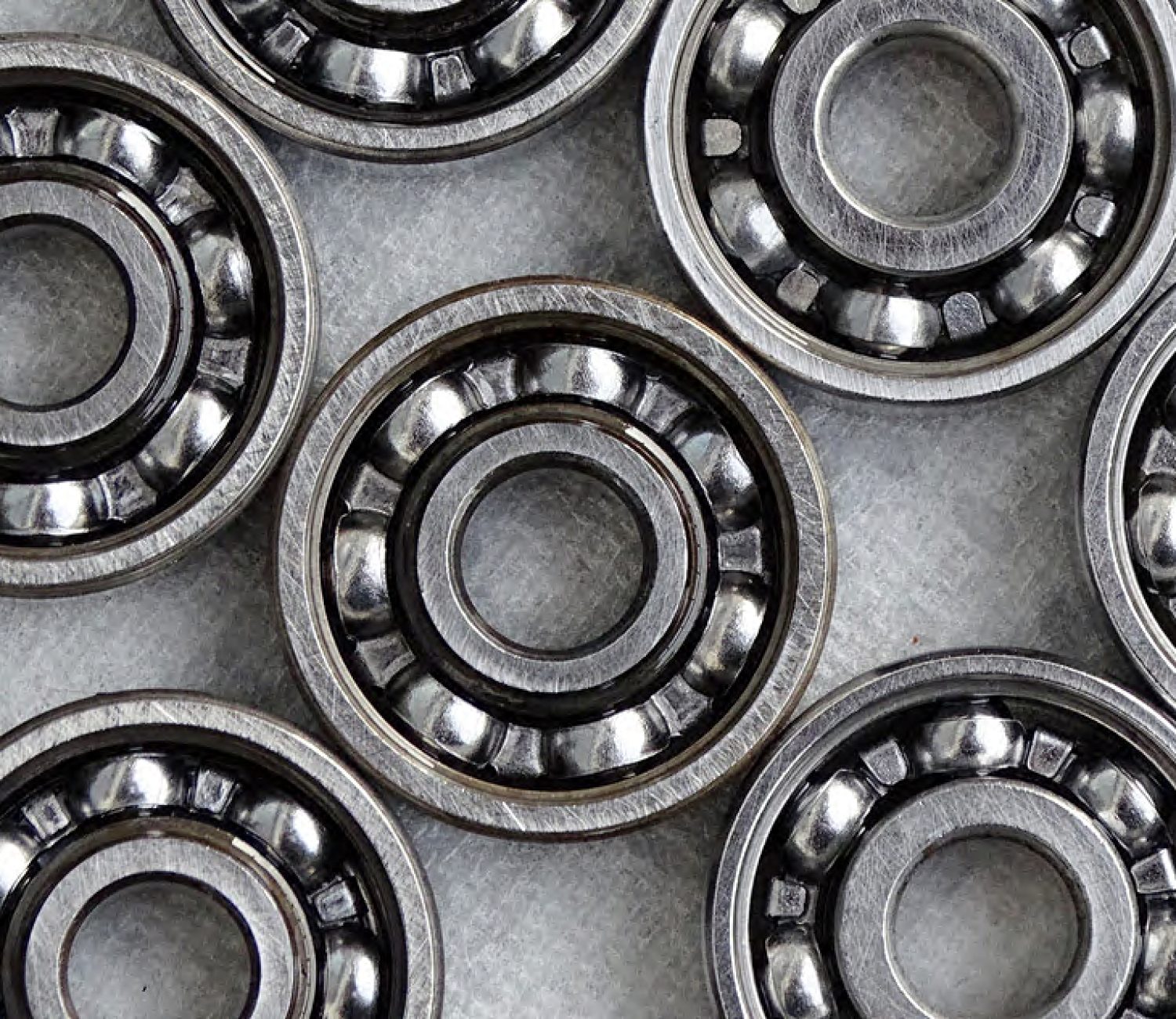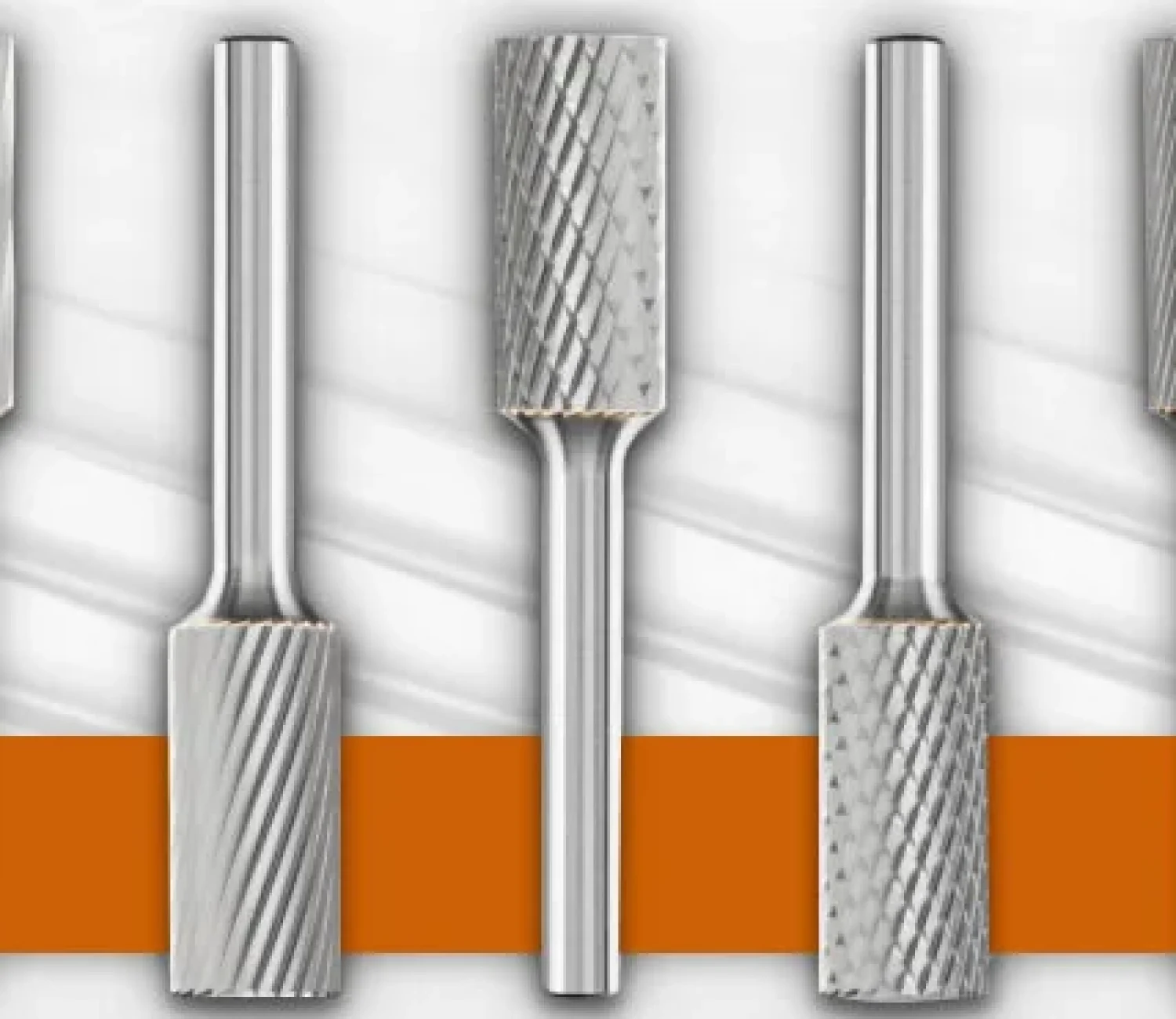In this article you will learn which are the basic and indispensable power tools that you can't miss, whether you are a professional or a do-it-yourselfer.
More and more people have DIY as a hobby and therefore need a wide range of power tools to do all kinds of repairs, restorations and repairs at home.
The range of power tools to choose from has expanded considerably. Thus, we have corded power tool and cordless power toolideal for domestic use.
Here are the 5 DIY tools that every DIY enthusiast or professional should have:
Electric screwdriver
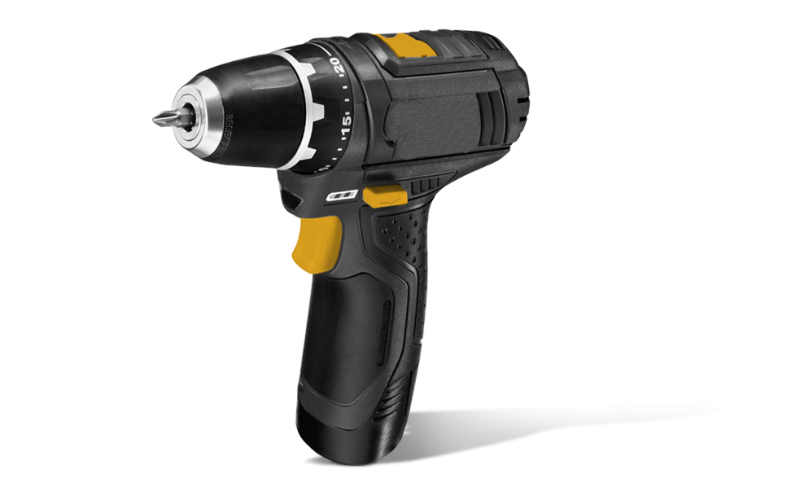
It is a basic tool for assembly and disassembly work. It should always be accompanied by a wide assortment of screwdriving bits covering the widest possible range of screws: flat, Philips, pozidriv, allen, etc....
Electric drill
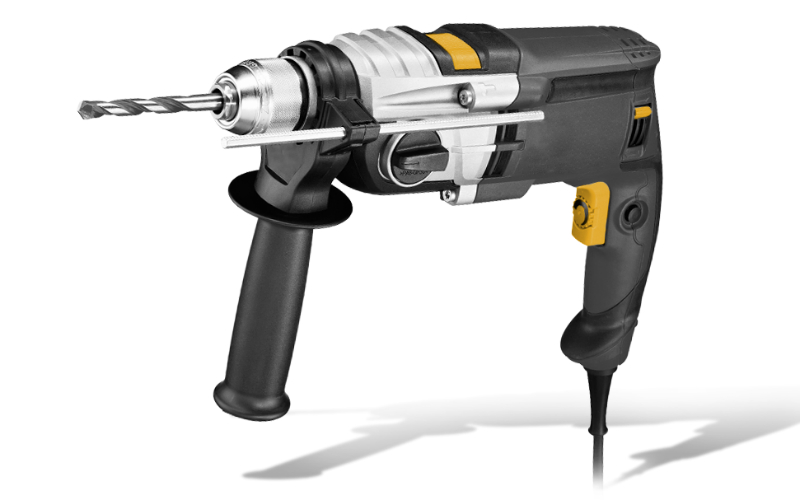
Whenever we want to make a cylindrical hole in any type of material we will need the electric drill. There are two types of electric drill:
- Without percussion. For work on ferrous and non-ferrous materials, where it is not necessary to use the longitudinal movement of the drill bit (only rotation).
- With percussion. - Focused to work on brick, cement, concrete, masonry, etc. type materials. They need the longitudinal movement of the shaft, so that as it rotates, the material in its path is broken.
Grinder or radial
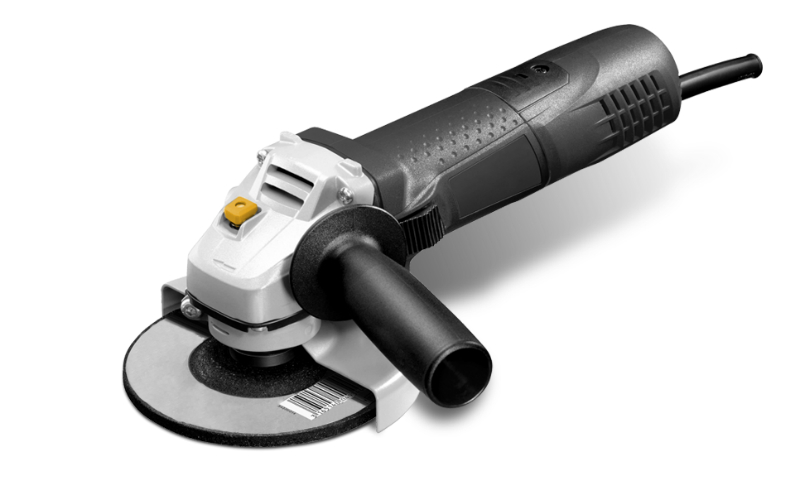
It is another basic piece in the power tool package, since it is used for make longitudinal cuts is essential, both in ferrous, non-ferrous and construction materials. Depending on its size and the size of the cutting/passing disc, we will be able to make cuts and deburring of greater caliber. It is not suitable for cutting wood, for which the jigsaw or jig saw is used.
Jig or jigsaw
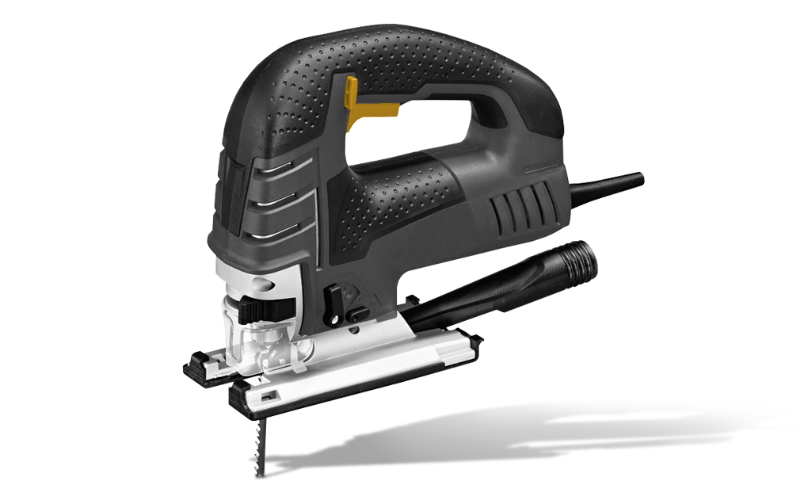
Its function is similar to that of the grinder, as it also does cuts in ferrous and non-ferrous materials, but with the difference that it allows to make curved cuts and also to work wood..
Sander
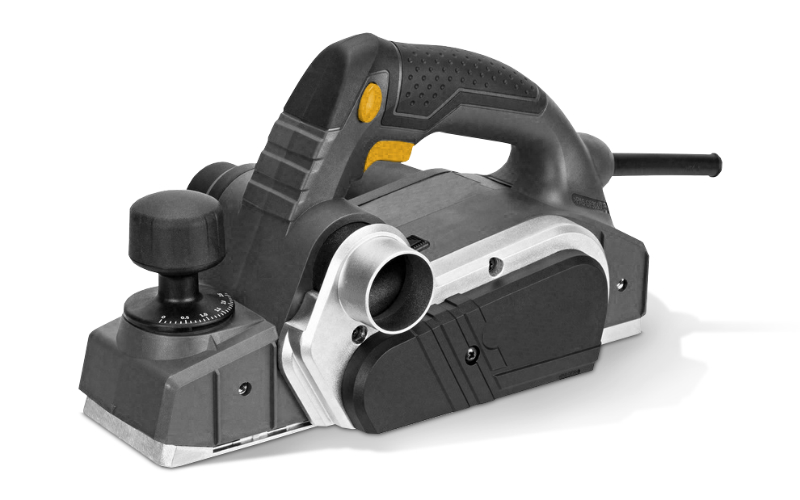
Whenever we want to leave a good surface finish on both ferrous and non-ferrous materials we will have to use a sander.
There are several types of sanders depending on the use and the work to be done:
- Rotorbital sander
- Belt sander
- Corner sander
We hope that this article has helped you in your decision to purchase a tool.


